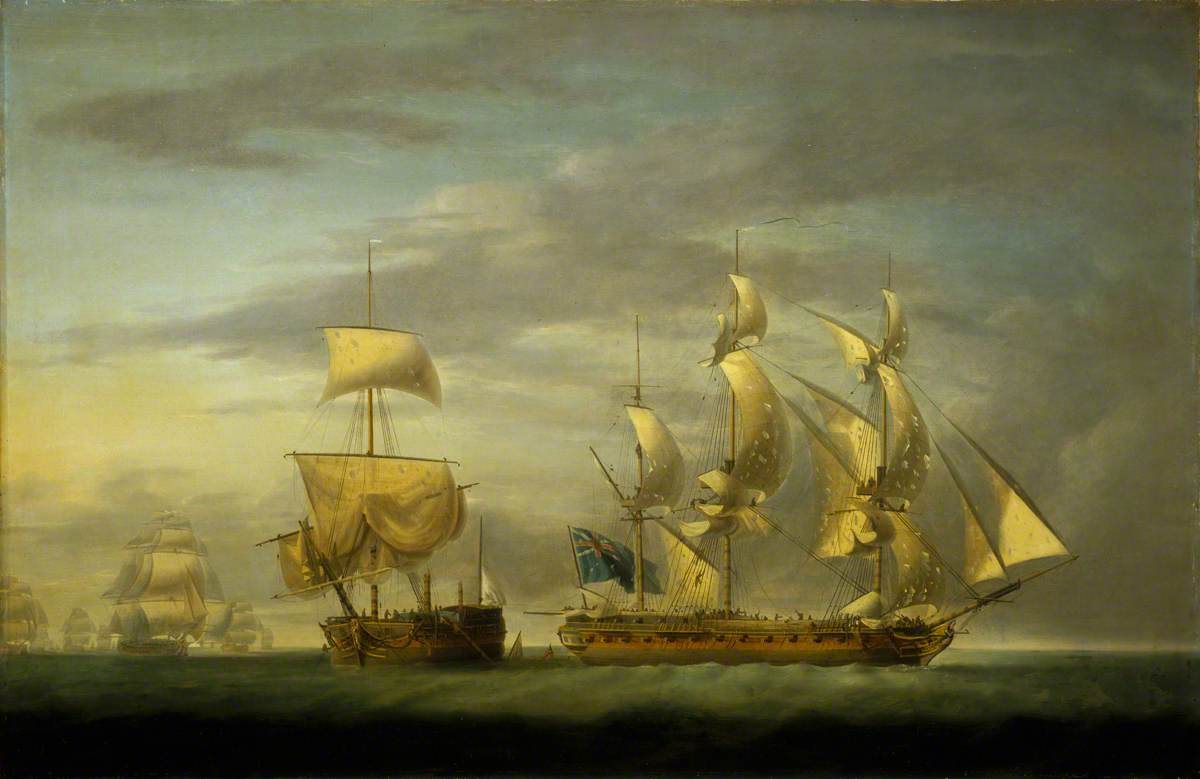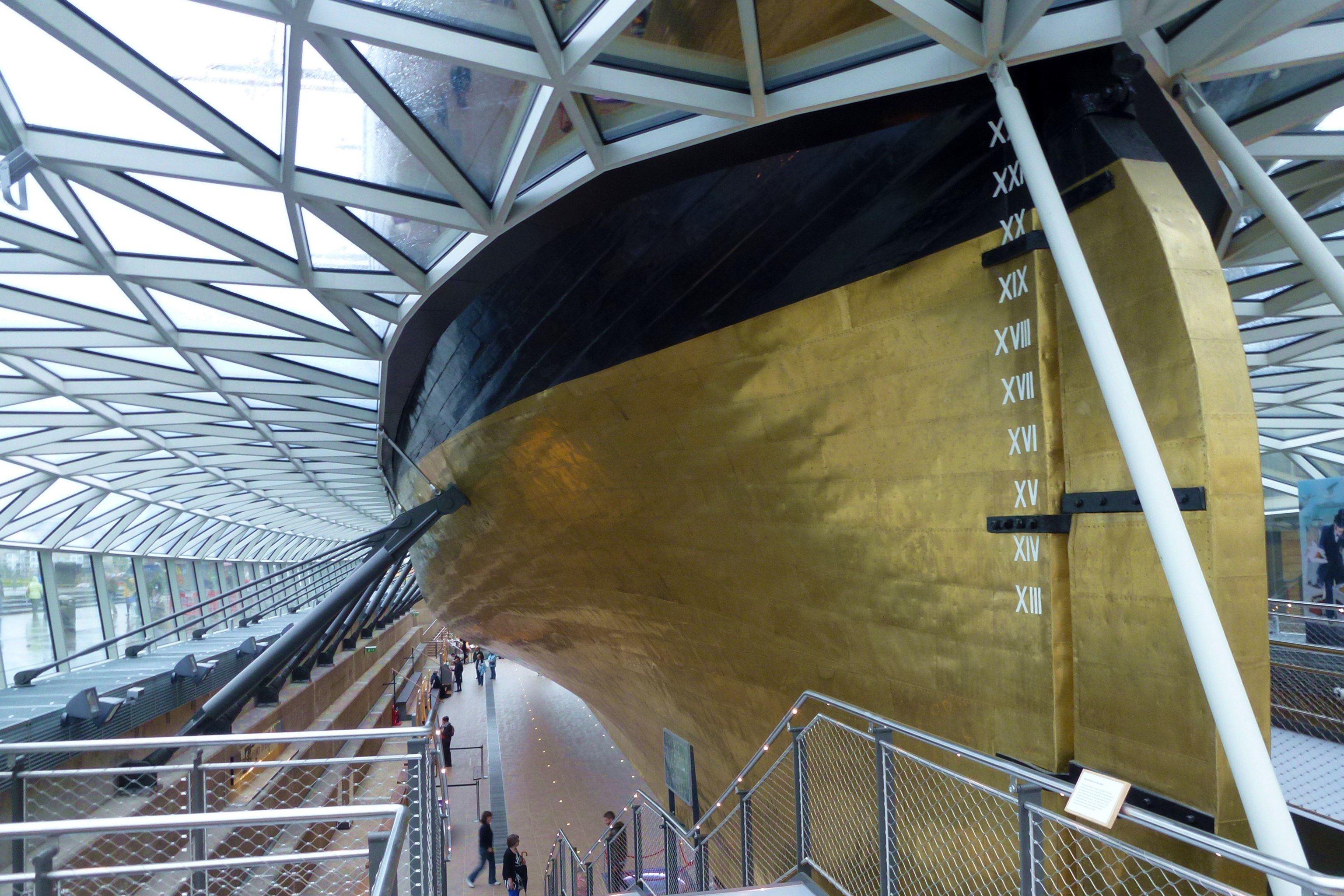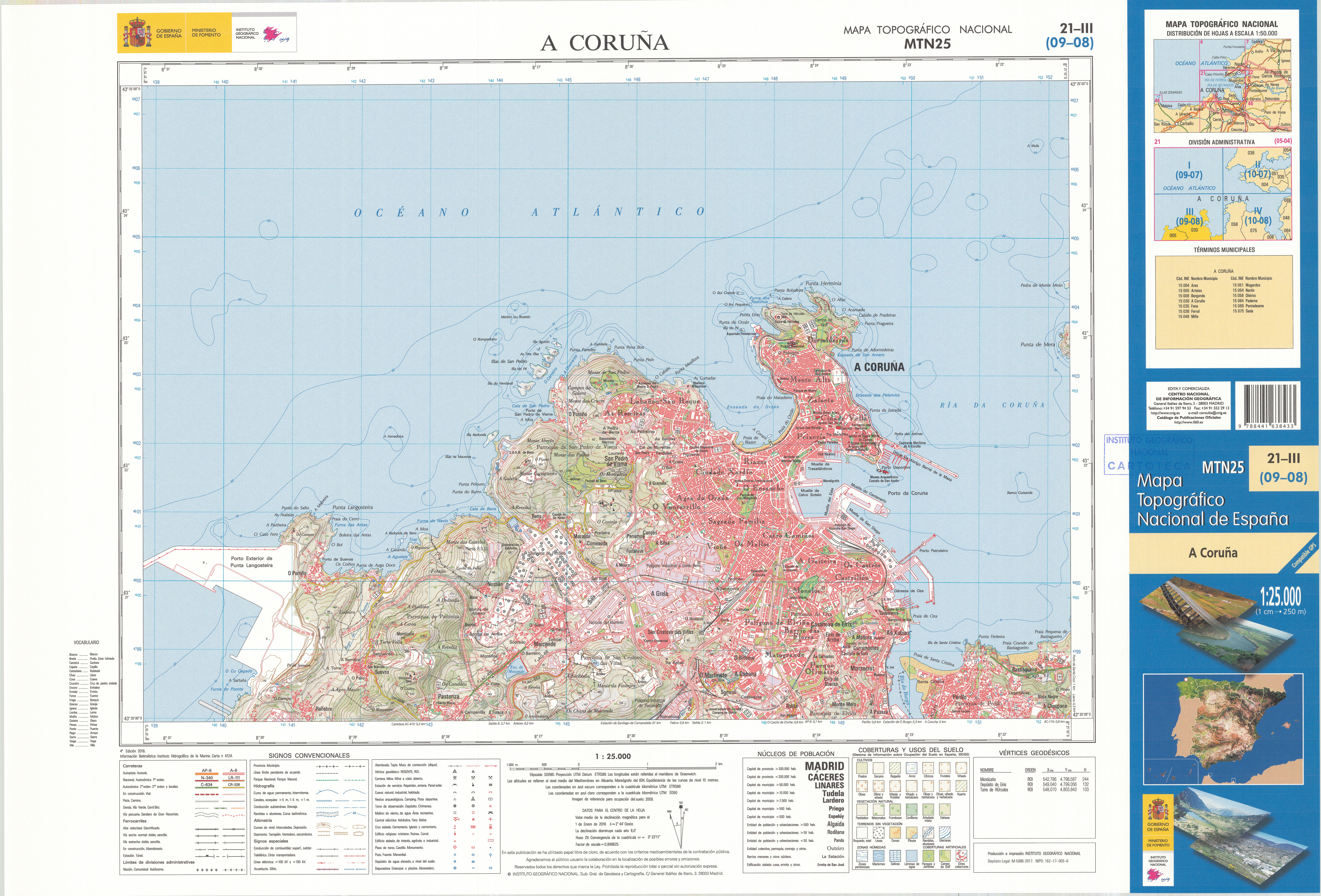|
French Frigate Hermione (1779)
''Hermione'' was a 32-gun of the French Navy. Designed for speed, she was one of the first ships of the French Navy to receive a copper sheathing. At the beginning of the Anglo-French War of 1778, she patrolled in the Bay of Biscay, escorting convoys and chasing privateers. She became famous when she ferried General La Fayette to the United States in 1780 in support of the rebels in the American Revolutionary War. She took an incidental role in the Battle of Cape Henry on 16 March 1781, and a major one in the action of 21 July 1781. ''Hermione'' grounded and was wrecked in 1793. In 1997, construction of a replica ship started in Rochefort, Charente-Maritime, France; the new ship is likewise named . Construction Construction of ''Hermione'' started in December 1778 at Rochefort, under Chevillard brothers. She was launched on 28 April 1779, and commissioned on 11 May, with 5 month worth of food and 66 barrels of fresh water, under Lieutenant Latouche-Tréville Shortage of ade ... [...More Info...] [...Related Items...] OR: [Wikipedia] [Google] [Baidu] |
Naval Battle Of Louisbourg
The action of 21 July 1781(in French: ''Combat naval en vue de Louisbourg'', or ''Combat naval à la hauteur de Louisbourg'') was a naval skirmish off the harbour of Spanish River, Cape Breton, Nova Scotia (present-day Sydney, Nova Scotia), during the War of American Independence. Two light frigates of the French Navy, captained by La Pérouse and Latouche Tréville, engaged a convoy of 18 British ships and their Royal Navy escorts. The French captured two of the British escorts while the remainder of the British convoy escaped. Background Even since France had lost its colonies in Canada in the Seven Years' War, it had been seeking opportunities to tip the balance of power in America in its favour, and had been in contact with American separatists since the 1770s. The start of the American Revolution thus quickly yielding the outbreak of the Anglo-French War in 1778, and with the Franco-American alliance defined by the Treaty of Alliance of 1778, France entered the ... [...More Info...] [...Related Items...] OR: [Wikipedia] [Google] [Baidu] |
Charente (river)
The Charente (; oc, Charanta ) is a long river in southwestern France. Its source is in the Haute-Vienne ''département'' at Chéronnac, a small village near Rochechouart. It flows through the departments of Haute-Vienne, Charente, Vienne and Charente-Maritime. The river flows into the Atlantic Ocean near Rochefort. Navigation The Charente was described by the French king François I as 'the most beautiful river in the kingdom', and was navigable in its natural state until mills were erected at many locations in the 14th century. Some locks were built but through navigation remained impossible for centuries. Improvements to the navigation were projected under Louis XVI in 1772, but work was interrupted by the Revolution. The project was revived under the Restoration and canalisation completed in 1835. The waterway was abandoned in 1957. The ''départements'' took over operation in 1963, and recreational vessels have now taken possession of the waterway throughout the 164 ... [...More Info...] [...Related Items...] OR: [Wikipedia] [Google] [Baidu] |
French Frigate Galathée (1779)
''Galathée'' (or ''Galatée'') was a 32-gun frigate of the French Navy, lead ship of her class. Career In February 1780, ''Galathée'' escorted convoys in the Bay of Biscay, along with ''Hermione''. ''Galathée'' took part in the Naval operations in the American Revolutionary War, taking part in the capture of Sint Eustatius and to the Battle of the Saintes. In the summer of 1791, under ''Major de vaisseau'' Joseph de Cambis, she ferried French national commissioners to Saint-Domingue.Fonds Marine, vol.1, p.29 In March 1792, in support of one of these commissioners, Edmond de Saint-Léger, ''Galathée'' shelled the forces of Romaine-la-Prophétesse which were attacking Léogâne. During the French Revolution, she took part in the Combat du 13 prairial, where she took ''Terrible'' in tow, under fire, preventing her capture by the British. On 14 July 1794 she and ''Seine'' captured the 16-gun sloop-of-war in the Atlantic.Grocott (1997), p.8. In the night of 23 to ... [...More Info...] [...Related Items...] OR: [Wikipedia] [Google] [Baidu] |
Bay Of Biscay
The Bay of Biscay (), known in Spain as the Gulf of Biscay ( es, Golfo de Vizcaya, eu, Bizkaiko Golkoa), and in France and some border regions as the Gulf of Gascony (french: Golfe de Gascogne, oc, Golf de Gasconha, br, Pleg-mor Gwaskogn), is a gulf of the northeast Atlantic Ocean located south of the Celtic Sea. It lies along the western coast of France from Point Penmarc'h to the Spanish border, and the northern coast of Spain west to Cape Ortegal. The south area of the Bay of Biscay that washes over the northern coast of Spain is known locally as the Cantabrian Sea. The average depth is and the greatest depth is . Name The Bay of Biscay is named (for English speakers) after Biscay on the northern Spanish coast, probably standing for the western Basque districts (''Biscay'' up to the early 19th century). Its name in other languages is: * ast, Mar Cantábricu * eu, Bizkaiko golkoa * br, pleg-mor Gwaskogn * french: golfe de Gascogne (named after Gascony, France) * gl, ... [...More Info...] [...Related Items...] OR: [Wikipedia] [Google] [Baidu] |
French Frigate Amazone (1778)
''Amazone'' was a 32-gun ''Iphigénie''-class frigate of the French Navy. She was the second ship of the French Navy to receive a copper sheathing in 1778. She served in the War of American Independence under Captain Lapérouse, and later in the French Revolutionary Wars. Career ''Amazone'' was commissioned in July 1778, in time for the Anglo-French War that had broken out in June. She took part in the War of American Independence under Captain Lapérouse, and constituted the vanguard of the French squadron that came to support the Continental Army, arriving at Boston on 11 June 1780. On 7 October 1779, ''Amazone'' captured the 20-gun HMS ''Ariel''. On 2 May 1780, she departed Brest with the 7-ship and 3-frigate Expédition Particulière under Admiral Ternay, escorting 36 transports carrying troops to support the Continental Army in the War of American Independence. The squadron comprised the 80-gun ''Duc de Bourgogne'', under Ternay d'Arsac (admiral) and Médine ... [...More Info...] [...Related Items...] OR: [Wikipedia] [Google] [Baidu] |
French Frigate Gentille (1778)
''Gentille'' was an 32-gun frigate of the French Navy. French service In 1779, ''Gentille'' was under Mengaud de la Haye. On 17 August 1779, she and ''Junon'', under Bernard de Marigny, captured the 64-gun HMS ''Ardent''. On 26 April 1780 ''Gentille'' and captured off Barbuda. The frigates belonged to Guichen’s squadron. On 19 February 1781, in Chesapeake Bay, ''Gentille'' took part in the capture of the 44-gun HMS ''Romulus'', along with the 64-gun , the frigate , and the cutter , captured her in Chesapeake Bay. In September, she ferried troops from Annapolis to James River, in support of the Siege of Yorktown. During the War of the First Coalition, ''Gentille'' cruised the Atlantic under Lieutenant Canon. She was captured by the 74-gun The "seventy-four" was a type of two- decked sailing ship of the line, which nominally carried 74 guns. It was developed by the French navy in the 1740s, replacing earlier classes of 60- and 62-gun ships, as a larger complement to ... [...More Info...] [...Related Items...] OR: [Wikipedia] [Google] [Baidu] |
Copper Sheathing
Copper sheathing is the practice of protecting the under-water hull of a ship or boat from the corrosive effects of salt water and biofouling through the use of copper plates affixed to the outside of the hull. It was pioneered and developed by the Royal Navy during the 18th century. In antiquity, ancient Greeks used lead plates to protect the underwater hull. Development Deterioration of the hull of a wooden ship was a significant problem during the Age of Sail. Ships' hulls were under continuous attack by shipworm, barnacles and various marine weeds, all of which had some adverse effect on the ship, be it structurally, in the case of the worm, or affecting speed and handling in the case of the weeds. The most common methods of dealing with these problems were through the use of wood, and sometimes lead, sheathing. Expendable wood sheathing effectively provided a non-structural skin to the hull for the worm to attack, and could be easily replaced in dry dock at regular interva ... [...More Info...] [...Related Items...] OR: [Wikipedia] [Google] [Baidu] |
Ireland
Ireland ( ; ga, Éire ; Ulster Scots dialect, Ulster-Scots: ) is an island in the Atlantic Ocean, North Atlantic Ocean, in Northwestern Europe, north-western Europe. It is separated from Great Britain to its east by the North Channel (Great Britain and Ireland), North Channel, the Irish Sea, and St George's Channel. Ireland is the List of islands of the British Isles, second-largest island of the British Isles, the List of European islands by area, third-largest in Europe, and the List of islands by area, twentieth-largest on Earth. Geopolitically, Ireland is divided between the Republic of Ireland (officially Names of the Irish state, named Ireland), which covers five-sixths of the island, and Northern Ireland, which is part of the United Kingdom. As of 2022, the Irish population analysis, population of the entire island is just over 7 million, with 5.1 million living in the Republic of Ireland and 1.9 million in Northern Ireland, ranking it the List of European islan ... [...More Info...] [...Related Items...] OR: [Wikipedia] [Google] [Baidu] |
A Coruña
A Coruña (; es, La Coruña ; historical English: Corunna or The Groyne) is a city and municipality of Galicia, Spain. A Coruña is the most populated city in Galicia and the second most populated municipality in the autonomous community and seventeenth overall in the country. The city is the provincial capital of the province of the same name, having also served as political capital of the Kingdom of Galicia from the 16th to the 19th centuries, and as a regional administrative centre between 1833 and 1982, before being replaced by Santiago de Compostela. A Coruña is located on a promontory in the Golfo Ártabro, a large gulf on the Atlantic Ocean. It is the main industrial and financial centre of northern Galicia, and holds the headquarters of the Universidade da Coruña. A Coruña is a packed city, the Spanish city featuring the tallest mean-height of buildings, also featuring a population density of 21,972 inhabitants per square km of built land area. Name Origin Ther ... [...More Info...] [...Related Items...] OR: [Wikipedia] [Google] [Baidu] |
Weymouth, Dorset
Weymouth is a seaside town in Dorset, on the English Channel coast of England. Situated on a sheltered bay at the mouth of the River Wey, south of the county town of Dorchester, Weymouth had a population of 53,427 in 2021. It is the third largest settlement in Dorset after Bournemouth and Poole. The history of the town stretches back to the 12th century and includes roles in the spread of the Black Death, the settlement of the Americas and the development of Georgian architecture. It was a major departure point for the Normandy Landings during World War II. Prior to local government reorganisation in April 2019, Weymouth formed a borough with the neighbouring Isle of Portland. Since then the area has been governed by Dorset Council. Weymouth, Portland and the Purbeck district are in the South Dorset parliamentary constituency. A seaside resort, Weymouth and its economy depend on tourism. Visitors are attracted by its harbour and position, halfway along the Jurassic Coast ... [...More Info...] [...Related Items...] OR: [Wikipedia] [Google] [Baidu] |
USS Bonhomme Richard (1765)
''Bonhomme Richard'', formerly ''Duc de Duras'', was a warship in the American Continental Navy named for Founding Father Benjamin Franklin. She was originally an East Indiaman, a merchant ship built in France for the French East India Company in 1765, for service between France and Asia. She was placed at the disposal of John Paul Jones on 4 February 1779, by King Louis XVI of France as a result of a loan to the United States by French shipping magnate Jacques-Donatien Le Ray. Origin ''Bonhomme Richard'' was originally an East Indiaman named ''Duc de Duras'', a merchant ship built at Lorient according to the plan drawn up by the King's Master Shipwright Antoine Groignard for the French East India Company in 1765. Her design allowed her to be quickly transformed into a man-of-war in case of necessity to support the navy. She made two voyages to China, the first in 1766 and the second in 1769. At her return the French East India Company had been dissolved, and all its installati ... [...More Info...] [...Related Items...] OR: [Wikipedia] [Google] [Baidu] |
Cape Ortegal
Ortegal is a '' comarca'' in the north of the Galician Province of A Coruña, Spain. It borders the Atlantic Ocean and the Cantabrian Sea to the north, the Province of Lugo to the east, the comarca of O Eume to the south, and comarca of Ferrol Ferrol may refer to: Places * Ferrol (comarca), a coastal region in A Coruña, Galicia, Spain * Ferrol, Spain, industrial city and naval station in Galicia, Spain ** Racing de Ferrol, an association football club * Ferrol, Romblon, municipality in ... to the west. It covers an area of 394.3 sq.km, which accounts for 1.33% of all the land area in Galicia. The overall population of this region was 13,916 at the 2011 census; the latest official estimate (as at the start of 2018) was 12,238.Estimate at 1 January 2018: Instituto Nacional de Estadística, Madrid. Municipalities The comarca comprises the following four municipalities: References {{coord, 43, 41, 35, N, 7, 50, 39, W, type:adm3rd_source:kolossus-cawiki, display=t ... [...More Info...] [...Related Items...] OR: [Wikipedia] [Google] [Baidu] |




